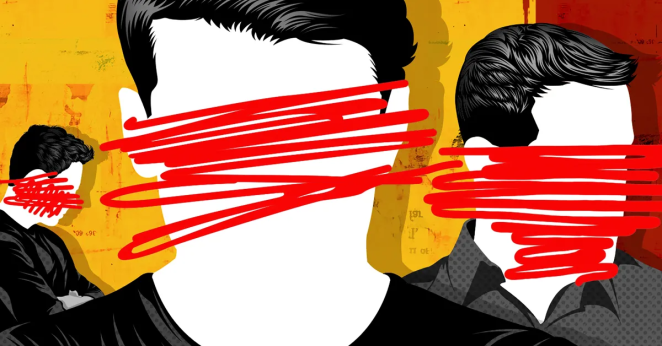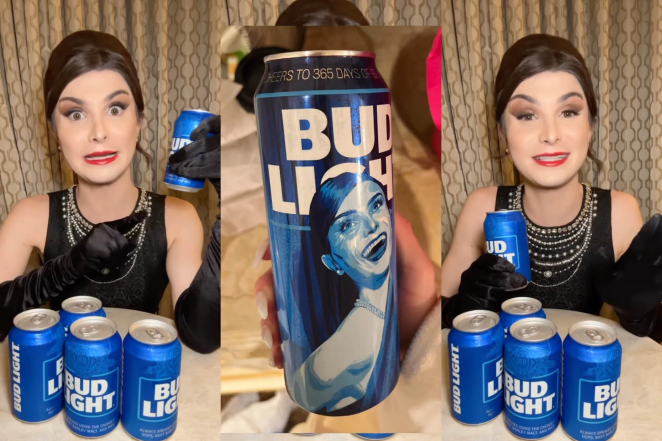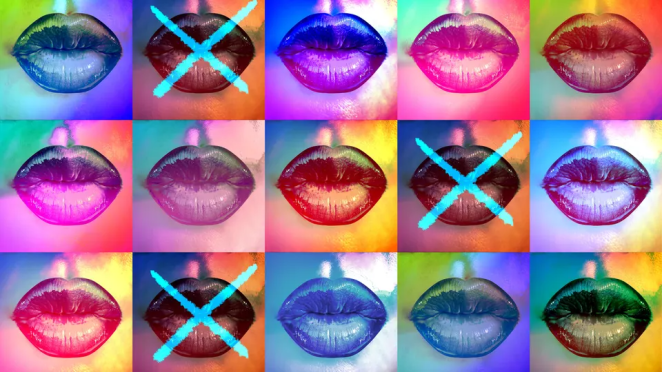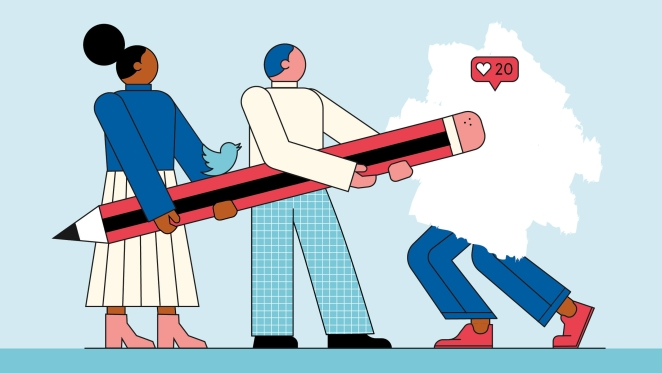There are few words as cutting and divisive in 2024 as “cancelled.” It’s a term you’d once only have heard in relation to your favourite TV series or perhaps an unwise Amazon order but today, it’s something that happens to people.
Of course, in a world where perhaps the most “cancellable” man on the planet is the favourite to be its next de facto leader (again), the concept of cancellation is a subjective one. For brands though, it can mean not only lost revenue but lost respect and, worst of all, it’s all a balancing act because, in an increasingly polarised world, it’s quite possible to be cancelled by the left and deified by the right (or vice versa).
When brands find themselves on the receiving end of cancel culture, either from the right, the left or (heaven forbid) both, the repercussions can be swift and severe, impacting their reputation, customer loyalty, and, of course, the bottom line. But it’s not necessarily the end.
Today, I’ll be exploring the phenomenon of cancellation and how brands could find their way back into the light of public acceptance with enough time and the right strategic planning.
Understanding cancel culture
Cancel culture, in a nutshell, refers to the phenomenon of withdrawing support for (cancelling) public figures, companies, or brands after they have done or said something considered objectionable or offensive. This culture is predominantly fuelled by social media, where campaigns can quickly gain momentum and notoriety with equal vigour.
In fact, social media has been a blessing and a curse for brands. It’s a platform that, by its very nature, necessitates transparency, but the thing with transparency is that it tends to reveal the dirty laundry it was so easy to hide back in the “good old days.”

This is where so many brands have found themselves caught out and, in many ways, this is a good thing. Sometimes you need to shine a light on something before a company that’s been so complacent for so long is willing to take affirmative action.
Other times, however, this same light can distort the facts somewhat and the court of public opinion descends without concern for facts if there’s something salacious to grind its teeth into.
Both sides of the spectrum
To really understand cancel culture, you need to see it in action. Let’s take a look at two very notable cases from the last few years. On one hand you have a case of a brand being cancelled by its largely right-wing fanbase and on the other, you have a brand/individual whose outrageous comments had him all-but deleted (let alone cancelled) and turned into a living meme by the left.
Bud Light
When the archetypal beer of the conservative working classes decide to align itself with transgender social media personality Dylan Mulvany last year, it probably knew it was poking the bear a little (the bear being homophobic Trump supporters).

It was, in all honesty, a bold move for a brand so indelibly attached to one demographic to purposefully alienate its own consumers in the name of social progress. It was also, from a marketing perspective, a source of assured free publicity. However, the backlash was palpable, with a boycott that led to a major sales dip.
Kanye West
I know there’s a human being hiding somewhere in there but above all else, Kanye West is a brand and has been a brand for nearly 20 years now, particularly in the wake of his ridiculously successful diversion into trainer design.

Taking aside his validity as a musician for a second (yes “Yeezus” is a banging album but everything he’s released since has been borderline unlistenable), the brand of Kanye has been on a gradual decline for a while now. It completely nosed dived, however, after his appearance on Info Wars where he started praising Hitler. As a result, most of his brand partnerships were severed and all but his most loyal fans effectively abandoned him. With good reason.
The way back
Is there a way back for Bud Light and Kanye West? Well, the latter is a lost cause and in my honest opinion, as a “bleeding heart liberal snowflake,” I’m pretty disappointed to see the former do a complete U-turn by partnering with conservative (and alleged racist) comic Shane Gillis.
This is course correction like steering a bus away from a cliff edge and right into oncoming traffic. It does show how far brands will go to right their perceived wrongs though and highlights that brands can win back their audience even when it appears all hope is lost.
The common thread that underlines both examples, however, is that neither accepted responsibility for their actions or tried to connect with and have a conversation with their audience. That would be the first logical step to take, but there if a way back that also involves a series of short and long term steps.
Immediate Steps to Take
1. Swift and Sincere Apologies: The first step for any brand caught in the crosshairs of cancel culture is to issue a swift and sincere apology. This apology should not be a non-apology that skirts around the issue but a clear, concise acknowledgment of the mistake and the hurt it caused.
2. Assess the Situation: Quickly assess the situation to understand the extent of the backlash and the specific grievances. This involves listening to the feedback, criticism, or demands being made by the audience.
3. Transparent Communication: Communicate openly with your audience. This includes admitting fault where necessary, explaining the steps being taken to address the issue, and what will be done to prevent similar incidents in the future.

Long-Term Strategies
1. Education and Training: One mistake can stem from ignorance or a lack of understanding. Brands should invest in education and training for their employees to foster an inclusive and sensitive work environment that is reflective in their external communications.
2. Diversify Your Voices: Ensure that your team includes diverse voices at every level, from the boardroom to social media management. This diversity can provide invaluable perspectives and help prevent missteps that could lead to cancelation.
3. Engage in Meaningful Action: Beyond apologies, brands should engage in meaningful action that demonstrates their commitment to change. This could be in the form of donations to relevant causes, partnerships with advocacy groups, or internal changes to policies and practices.
4. Monitor Your Brand's Online Presence: Regularly monitor what's being said about your brand online to catch potential issues early. This includes setting up social media alerts and engaging in social listening.
5. Crisis Management: Have a crisis management plan in place that includes scenarios related to cancel culture. This plan should outline specific steps for response, communication strategies, and key personnel for crisis management.
The important role of empathy and authenticity
Ultimately, at the heart of it all is the need for empathy and authenticity. Brands must genuinely understand the concerns and feelings of their audience and respond in a way that reflects true understanding and commitment to change. Empty gestures or purely PR-driven responses are often easily seen through and can exacerbate the situation.

Cancel culture can be a daunting challenge for any brand, but it also presents an opportunity for introspection, growth, and engagement with your audience on a deeper level. Ultimately, the goal is not just to survive the immediate backlash but to emerge as a better brand. Like a phoenix rising from the muck and the mire, if not quite the flames.





Cirque of Life February 27th, late afternoon
is Creativepool about creativity or about politics and politically correct minds formation? How you start this article clearly state the second option then, no matter if I am myself far from being a supporter of the only POTUS that does not start a war in the last decades, still I understand that to read your article would be worthless